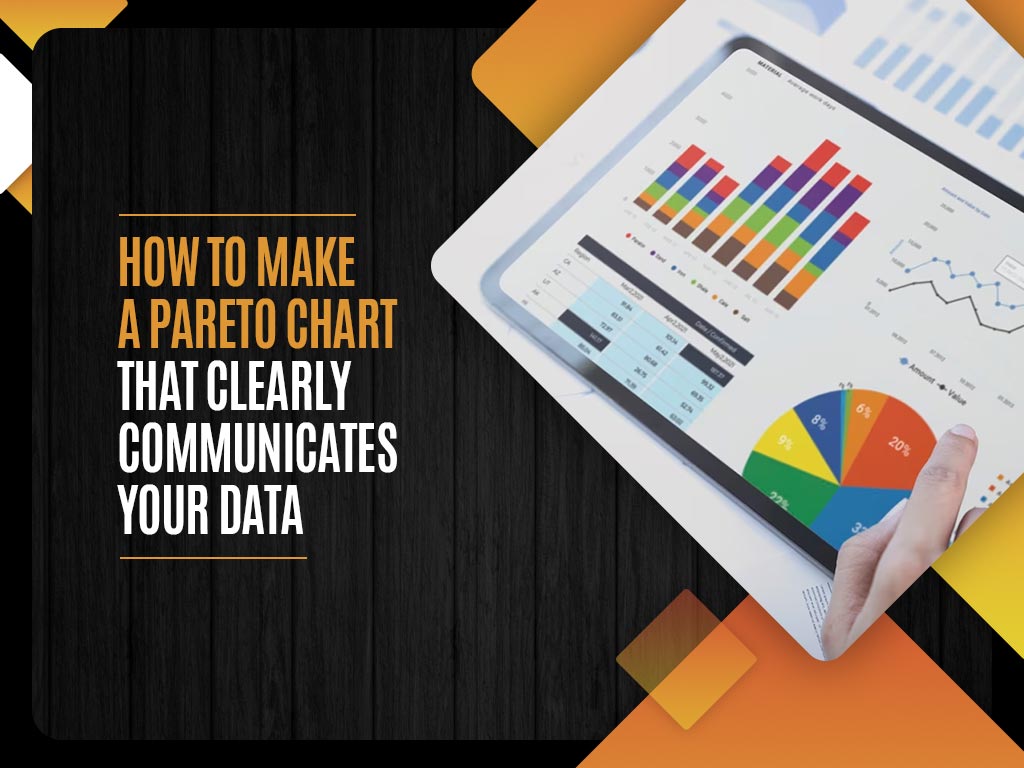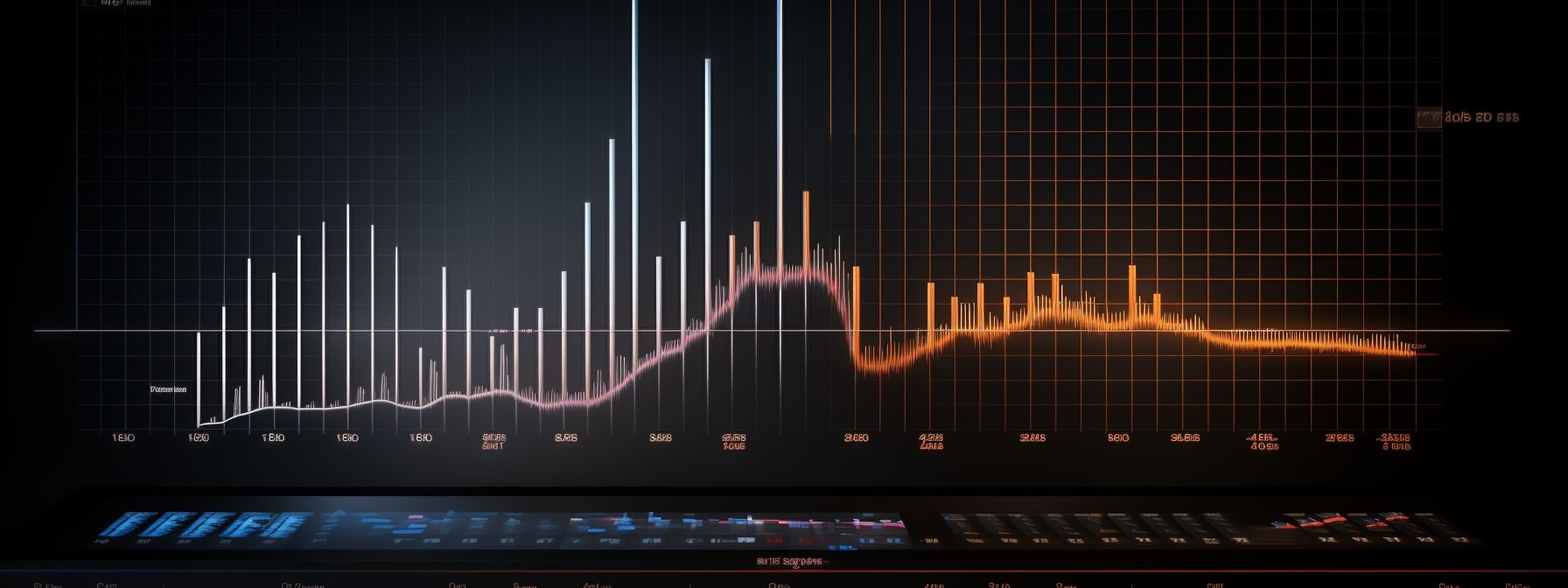How To Make a Pareto Chart That Clearly Communicates Your Data

Understanding, presenting, and interpreting data is key in any decision-making process. One ideal tool for this work is the Pareto chart, which effectively showcases information visually. With this article, go beyond just knowing how to make a Pareto Chart, by also understanding its significance and illuminating ways to utilize it for clear data communication. Keep reading.
Understanding the Pareto Principle and Its Importance
The Pareto Principle, named after its founder Vilfredo Pareto, holds an influential spot in economics and business decision-making. Also known as the 80/20 rule, it indicates that 80% of the effects come from 20% of the causes.
The adoption of this principle, however, is not limited to economics. It appears consistently across various fields including healthcare, software engineering, and others. This principle offers a unique perspective, emphasizing a focus on the most significant issues that yield substantial results.
Pareto charts provide an uncomplicated way to actualize this rule. They are bar graphs that display information in a manner that highlights the most impactful factors. The principle and the chart together form an integral part of strategic planning and problem-solving.
The understanding of the Pareto Principle and its application through Pareto charts can act as a game-changer for organizations and individuals alike, making it a highly sought-after tool for data analysis and communication.
Identifying the Elements of a Pareto Chart
A Pareto chart is not just a simple graph tool but holds significant components each bringing their own valuable insights. A standard Pareto chart consists of two main components: bars and a line graph.
The bars represent individual values in descending order from left to right, helping to identify the most significant categories distinctly. The highest value is clearly visible making it easier to focus on the ways to tackle it.
The line graph exhibits cumulative total percentages. This line runs across the chart, ensuring that all necessary information falls under purview. Its interpretation aids in understanding the overall impact of the different factors.
Being aware of these elements is the first step towards constructing an efficient Pareto chart. The key lies in identifying, understanding, and effectively using these elements.
Gathering and Organizing Essential Data for a Pareto Chart
Data is the backbone of any Pareto chart. To start with creating one, you need to have your data in place. Begin by identifying the problem and the possible causes linked to it. Each cause is a potential category for your chart.
Having identified the categories, the next step is data collection. This quantified data will determine the height of each bar representing a category in the chart. The more inclusive and diverse the data, the more accurate the Pareto chart.
Once the data is collected, it is important to arrange it in descending order. This falls in line with the vertical bar requirement of the Pareto chart – the most important factors come first, followed by the others.
Good and organized data is key to an effective Pareto chart. Putting time and effort into this phase will pay off when it comes to creating the chart and analyzing the results.
Creating an Effective Pareto Chart Step by Step
Once the data is organized, creating a Pareto chart is a simple and systematic process. First, define the vertical and horizontal axes. The vertical axis illustrates the frequency or cost of each category. The horizontal axis represents the categories in descending order of significance.
Based on the data, fill in the bars for each category. The tallest bar (the one with the greatest frequency or cost) should be on the left, with others following in descending order. Simultaneously, plot cumulative values on the line graph.
This gives an overview of the overall relationship between the various categories and their individual impacts. Pareto charts steer clear of overwhelming the audience with excessive data, instead providing a summarizing viewpoint.
Creating a Pareto chart is like weaving a story. Every step adds a new element, eventually forming a complete narrative that speaks volumes about the underlying data. Altogether, a well-constructed and clearly understood Pareto chart can be a powerful tool for problem-solving and decision-making. With its application, you can focus on the ‘vital few’, making strategic decisions that lead to effective and efficient results.



